In the past, many welders accepted slow processes, messy results, and high costs. These problems caused frustration and lost opportunities. But today, new technology offers a real solution.
The best welding machine on the market is the handheld laser welding machine. It is fast, precise, and easy to use. It reduces cleanup, removes filler wire, and delivers flawless welds across different materials.
If you are a welder, distributor, or procurement manager, handheld laser welding is a turning point. At Kirin Laser, we see it as not just a tool but a complete shift in how welding can be done.
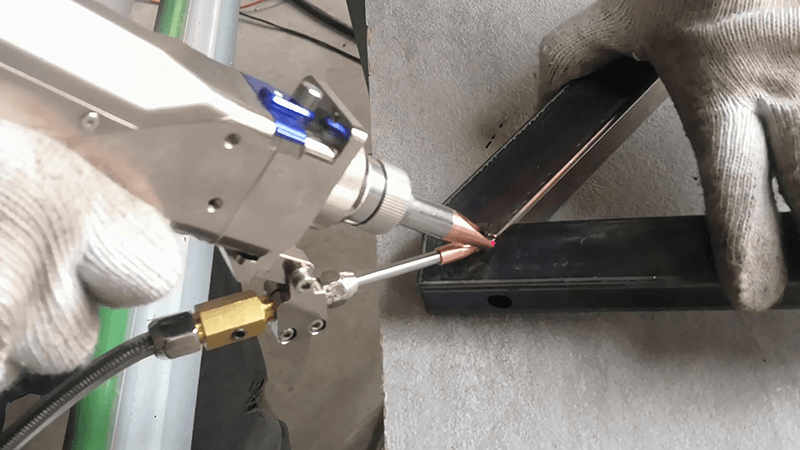
How do I choose a good welding machine?
Many buyers get confused when looking at endless models of welders. Traditional machines promise low prices but often cause extra work, slower speeds, and poor finishes. This leads to regret and hidden costs.
You should choose a welding machine by checking speed, precision, ease of use, and after-sales support. Handheld laser welders stand out because they deliver clean welds without filler wire and reduce operator fatigue.
What makes handheld laser welding special?
Handheld laser welding machines are designed to cut through complexity. They are portable, require little training, and adapt to different materials. Unlike TIG or MIG1, they need no filler wire in most cases. The heat input is low, which reduces distortion. This means less grinding and polishing.
Comparison of welding machine types
| Machine Type | Pros | Cons |
|---|---|---|
| TIG Welding | Precise, strong | Slow, messy, needs filler |
| MIG Welding | Fast, easier than TIG | Requires wire, spatter issues |
| Stick Welding | Cheap, simple | Rough finish, more cleanup |
| Handheld Laser Welding | Precise, clean, fast, portable | Higher upfront cost |
At Kirin Laser, I have seen buyers shift from TIG welders to handheld laser welders and quickly recover their investment. They no longer waste time on rework. This freedom lets them take on larger projects with confidence. Harrison Shoup, our application specialist, calls handheld laser welding2 “a revolution in how we approach precision and efficiency.” I agree, because every time I show a client a demo, they are surprised at how simple it feels.
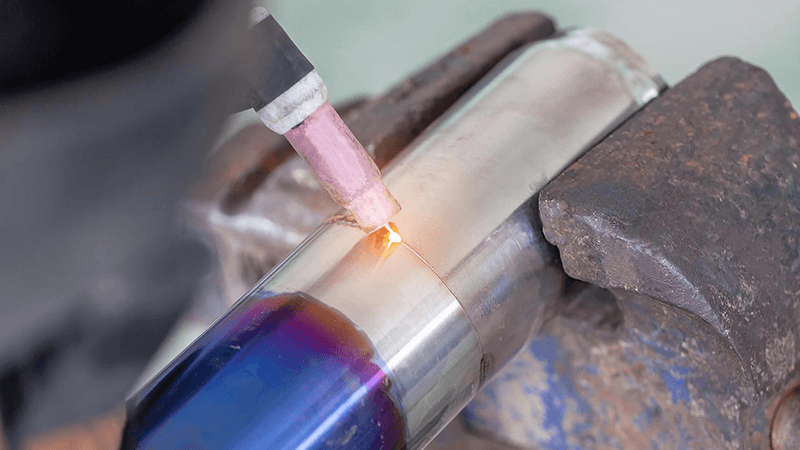
Which welder is the most advanced?
Some welding machines look advanced because they add more settings or flashy screens. But in reality, these features add complexity without solving basic problems like speed and quality.
The most advanced welder today is the handheld fiber laser welder. It combines automation, portability, and precision with modern laser technology.
Why handheld laser is advanced
Laser welders3 use fiber laser sources, which are efficient, reliable, and long-lasting. They come with automatic safety systems and intuitive controls. Some even have smart adjustments that adapt to different thicknesses. The portability means workers can move to the part instead of moving the part to a station.
Features that make it advanced
| Feature | Handheld Laser Welder Advantage4 |
|---|---|
| Energy Efficiency | High conversion rate, low waste |
| Control System | Simple interface, quick training |
| Flexibility | Works with many materials |
| Portability | Compact and mobile design |
| Maintenance | Minimal, long service life |
One of my clients told me that they replaced three TIG stations with two handheld laser welders. They cut labor hours by 40%. What impressed them most was that even new workers could deliver professional results after just one day of training. This is what “advanced” should mean: not complexity, but simplicity that delivers power.
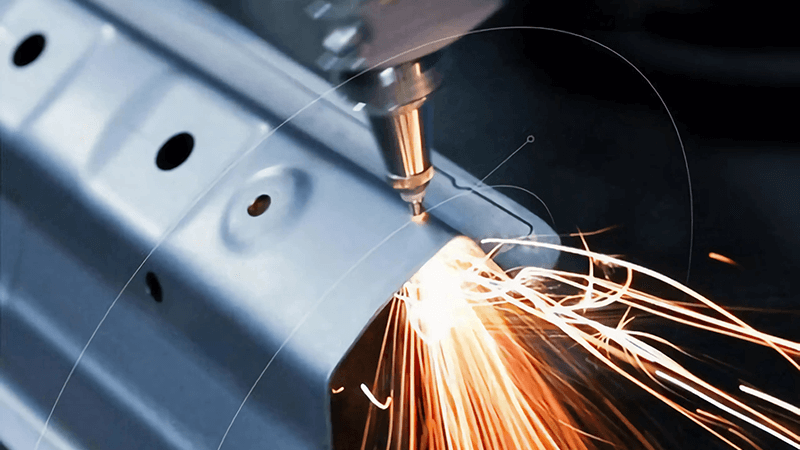
Which welding is strongest?
Strength in welding is often misunderstood. People think the strongest weld comes from the highest heat or thick filler. In truth, real strength comes from fusion quality, consistency, and reduced defects.
Laser welding creates some of the strongest welds because it fuses materials deeply with minimal distortion. The result is durable, clean joints that last.
Why laser welds are strong
Laser welders focus energy in a narrow beam. This allows deep penetration with minimal heat spread. Unlike stick or MIG, there is no extra spatter or porosity. The weld bead is smooth and strong without extra grinding. Tests show that laser welds5 often match or exceed the strength of the base material.
Welding strength comparison
| Welding Method | Typical Strength | Issues Affecting Strength |
|---|---|---|
| Stick | Moderate | Porosity, slag inclusions |
| MIG | Good, depending on gas | Spatter, filler wire defects |
| TIG | Very good | Slow, operator dependent |
| Laser | Excellent | Requires upfront investment |
I remember when I tested handheld laser welding on stainless steel6. The pull tests showed welds stronger than TIG samples. Even more impressive was how clean the bead looked. No grinding, no post-cleanup, just a flawless joint. This is why industries like aerospace and automotive are turning to lasers. They need both strength and reliability.
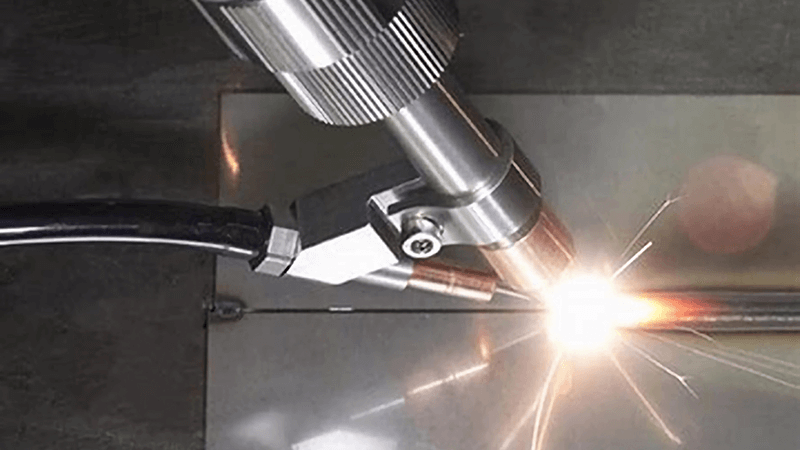
What is the most used welder?
In many workshops, traditional machines like MIG or TIG are still common. They are familiar, but they also come with downsides. Slow speed, high labor, and messy results hold companies back.
Handheld laser welders are rapidly becoming the most used in modern industries. Their speed, ease of training, and clean results are making them the new standard.
Why handheld laser welders are gaining ground
More companies want flexibility. They need machines that work on steel, aluminum, copper, and more7. Handheld laser welders adapt to these needs with minimal setup. They reduce operator fatigue and increase output. The market trend is clear: more distributors and manufacturers are switching to laser.
Table of usage trends
| Year | Traditional Welders (TIG/MIG) | Laser Welders |
|---|---|---|
| 2015 | 85% | 15% |
| 2020 | 70% | 30% |
| 2025* | 50% | 50% |
*Estimated industry trend.
When I speak to procurement managers, they often share the same story. They started with one handheld laser welder to test. Within months, they expanded their fleet. One manager told me, “We didn’t just save time, we unlocked new contracts because our quality jumped ahead of competitors.” That is why laser welding8 is moving fast to become the most used welding method.
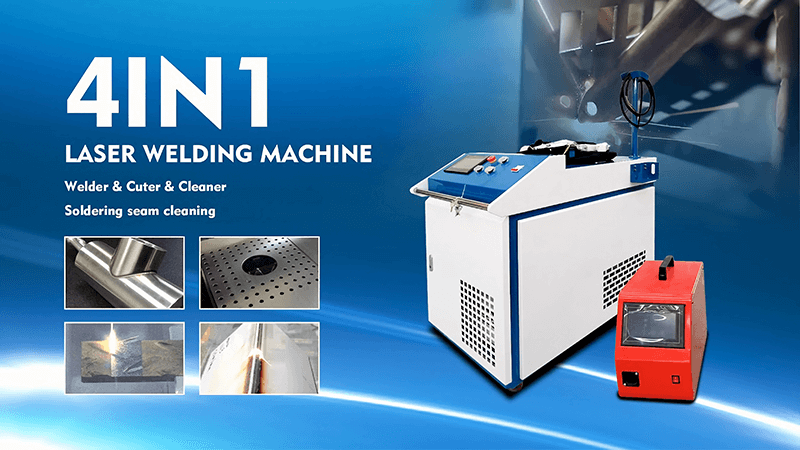
Conclusion
The best welding machine9 on the market is the handheld laser welder. It delivers efficiency, precision, and strength, while reducing cost and cleanup. At Kirin Laser, we see clients transform their business with this technology. As Harrison Shoup said, it truly is “a revolution in how we approach precision and efficiency.” Handheld laser welding is not just a tool, it is the future of industrial welding.
-
Learn about the key differences between TIG and MIG welding to make informed decisions for your projects. ↩
-
Explore the advantages of handheld laser welding to understand its efficiency and precision in various applications. ↩
-
Discover how laser welders enhance efficiency and reduce labor costs, offering a modern solution for manufacturing challenges. ↩
-
Discover how handheld laser welders outperform traditional methods in efficiency, ease of use, and versatility, making them a superior choice for modern welding needs. ↩
-
Explore the benefits of laser welds, including their strength and efficiency, which are crucial for modern manufacturing processes. ↩
-
Discover how handheld laser welding offers superior strength and clean welds on stainless steel, making it ideal for industries requiring precision and reliability. ↩
-
Discover how handheld laser welders can efficiently weld diverse materials like steel, aluminum, and copper, enhancing flexibility and productivity in manufacturing. ↩
-
Discover how laser welding is revolutionizing manufacturing processes and improving efficiency and quality. ↩
-
Find the best laser welding machine and laser welding solutions from Kirin Laser, clicking this link to get all your needs for your uses. ↩





